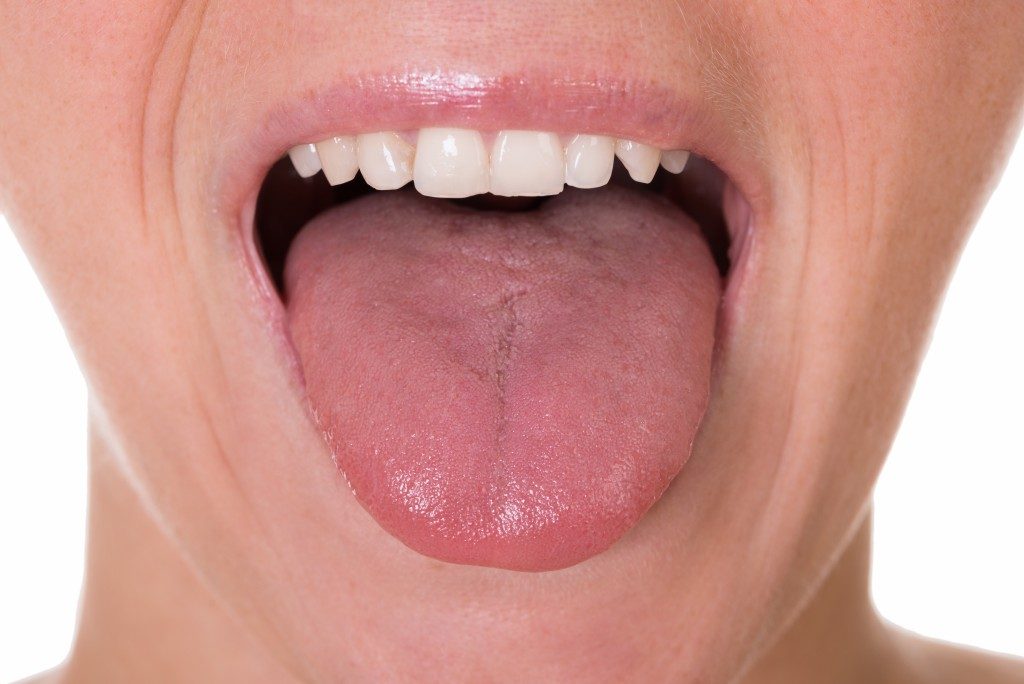Tongue thrust happens when a person’s tongue pushes against or between their teeth. It usually occurs when a child is swallowing, at rest, or even talking.
A child develops tongue thrust if he or she doesn’t use the muscles in his jaw, mouth, or face properly. Once this happens, the child may develop an orofacial myofunctional disorder or OMD. OMD can result in various speech and dental issues later on.
What causes tongue thrust?
There are several reasons why a child can develop tongue thrust. Aside from oral habits like nail-biting and thumb-sucking, heredity can also trigger a person to develop such behavior.
Experts say that allergies can also cause a child to have a tongue thrust. If allergies make it difficult for them to breathe through their nasal passage, they’ll have no other way to get oxygen but to breathe through their mouth. Thus, causing their lip muscles to weaken as time pass.
Even swollen adenoids and tonsils can induce the same issue. That’s because these overly- developed part of your bodies can cause your airway to get blocked, which makes it difficult for your child to breathe properly.
Why there’s a need to treat tongue thrust
Colgate says that a person’s tongue is the strongest and most flexible of the human body. So, when it’s not in its right position, the force that it exerts can affect a child’s facial development. Even worse, it can also affect their skeletal growth as well as the alignment of their teeth.
Often, children who have a tongue thrust have an anterior open bite. It’s where the front teeth don’t come together. They also have a distinguishable elongated face because of their underdeveloped jaw sagging whenever they try to breathe through their mouth. To correct this behavior, the patient has to undergo orthodontia.

What to do as a parent
Experts often recommend an early intervention from a pediatric dentist in Herriman to reduce the amount of orthodontic treatment that your child needs to correct the behavior.
Your child can also undergo myofunctional therapy to treat your child’s incorrect way of swallowing. Ensure that you’re working with a certified orofacial mycologist ensure its success. This type of therapy often involves a few exercises that aim to retrain the muscles that a person uses when swallowing. Your child can undergo a few sessions as early as 4 to have at least 80 percent effectivity.
Another way to treat your child’s tongue thrusting habit is with the use of orthodontic-style appliances. But remember that these dental appliances are only temporary and can be quite uncomfortable for your child. That’s why you should only use it if the child voluntarily wants to get rid of the habit.
Children who have already developed tongue-thrusting habits are prone to dental problems. Since they breathe through their mouths, their oral cavities tend to get dry. Without saliva, bacteria can find it easy to stick to their teeth and start to grow. Once that happens, it’ll become very challenging to alleviate the effects. That’s why it’s highly advisable to encourage your child to perform proper oral hygiene to save their teeth and mouth from bacterial infection.
